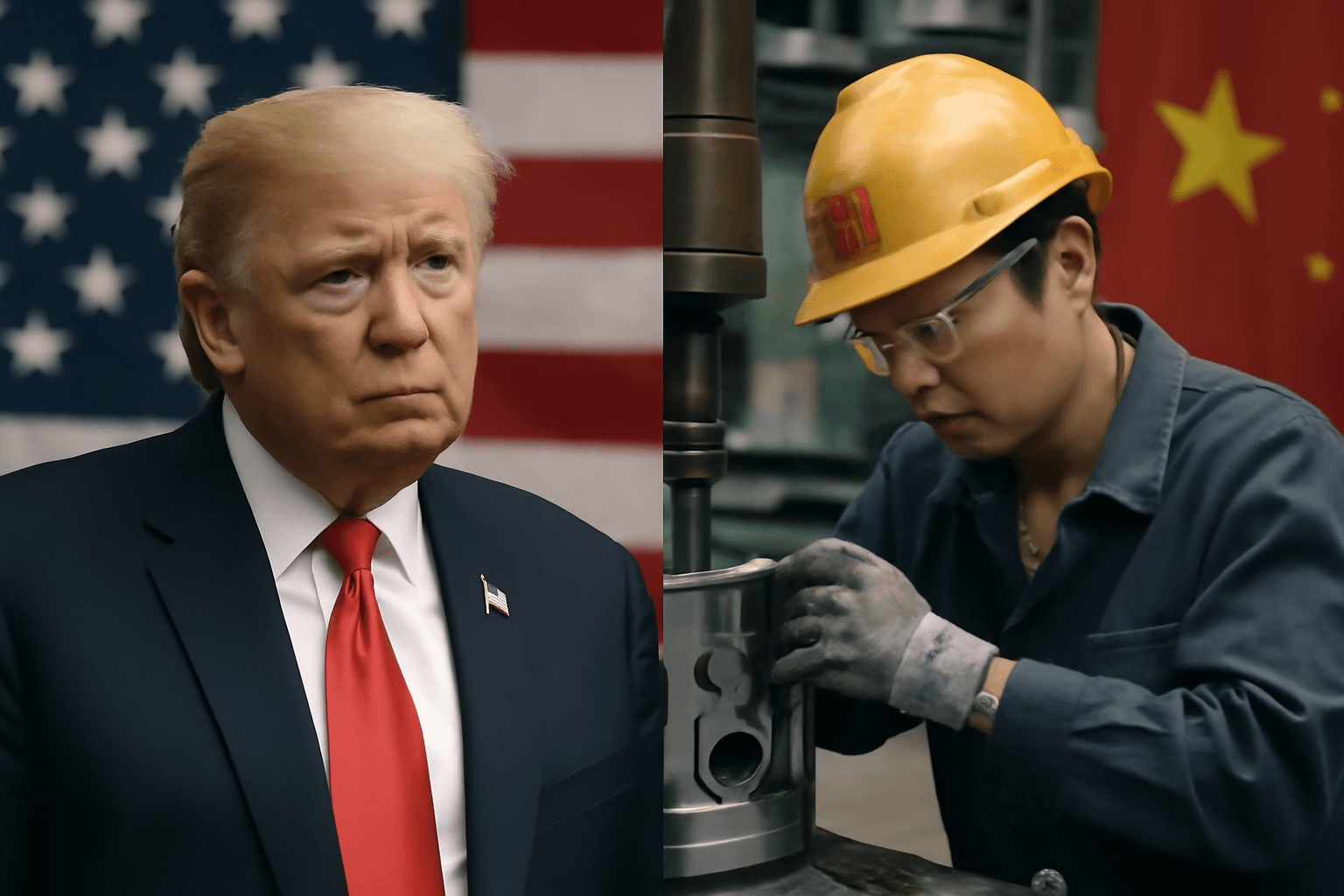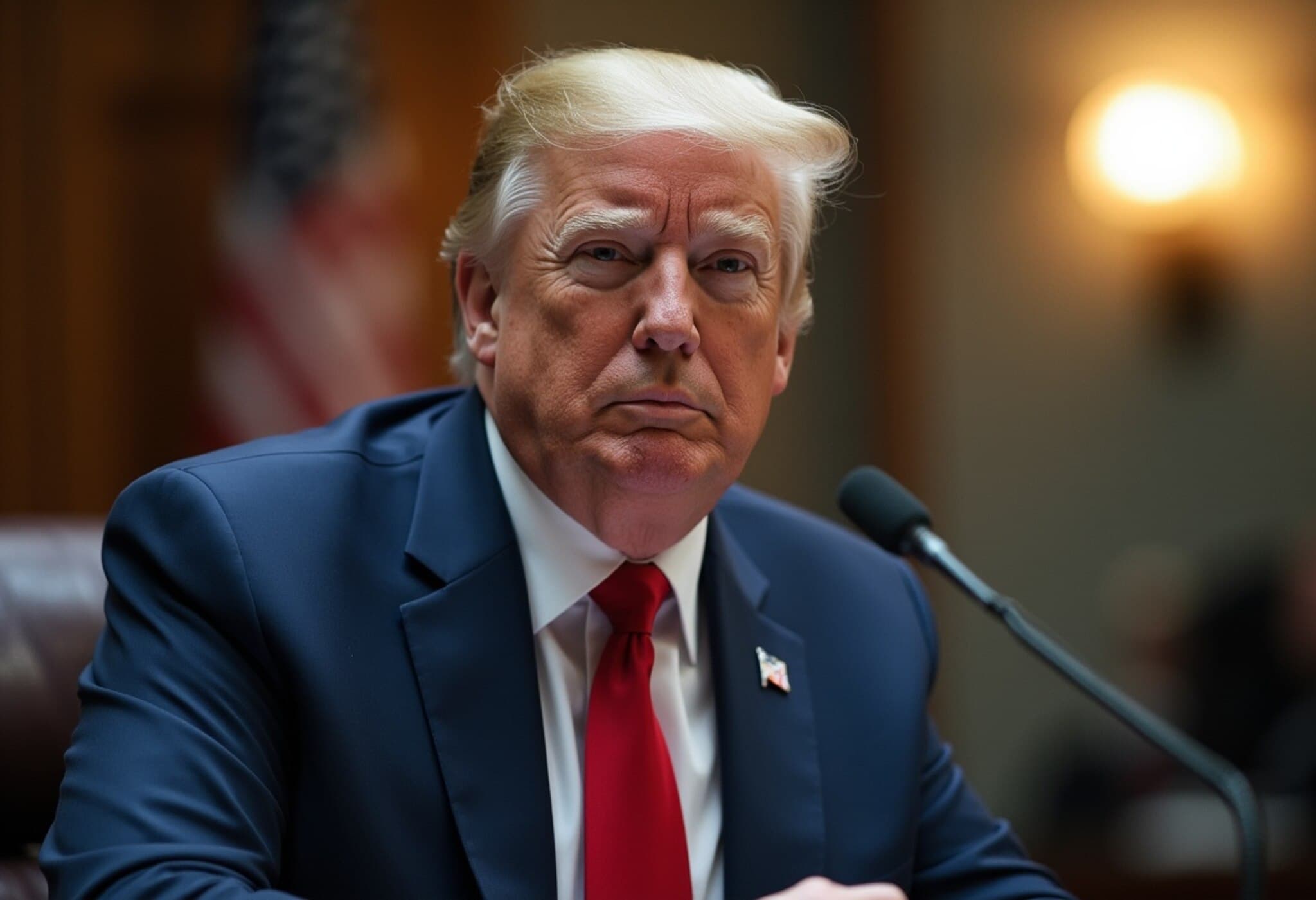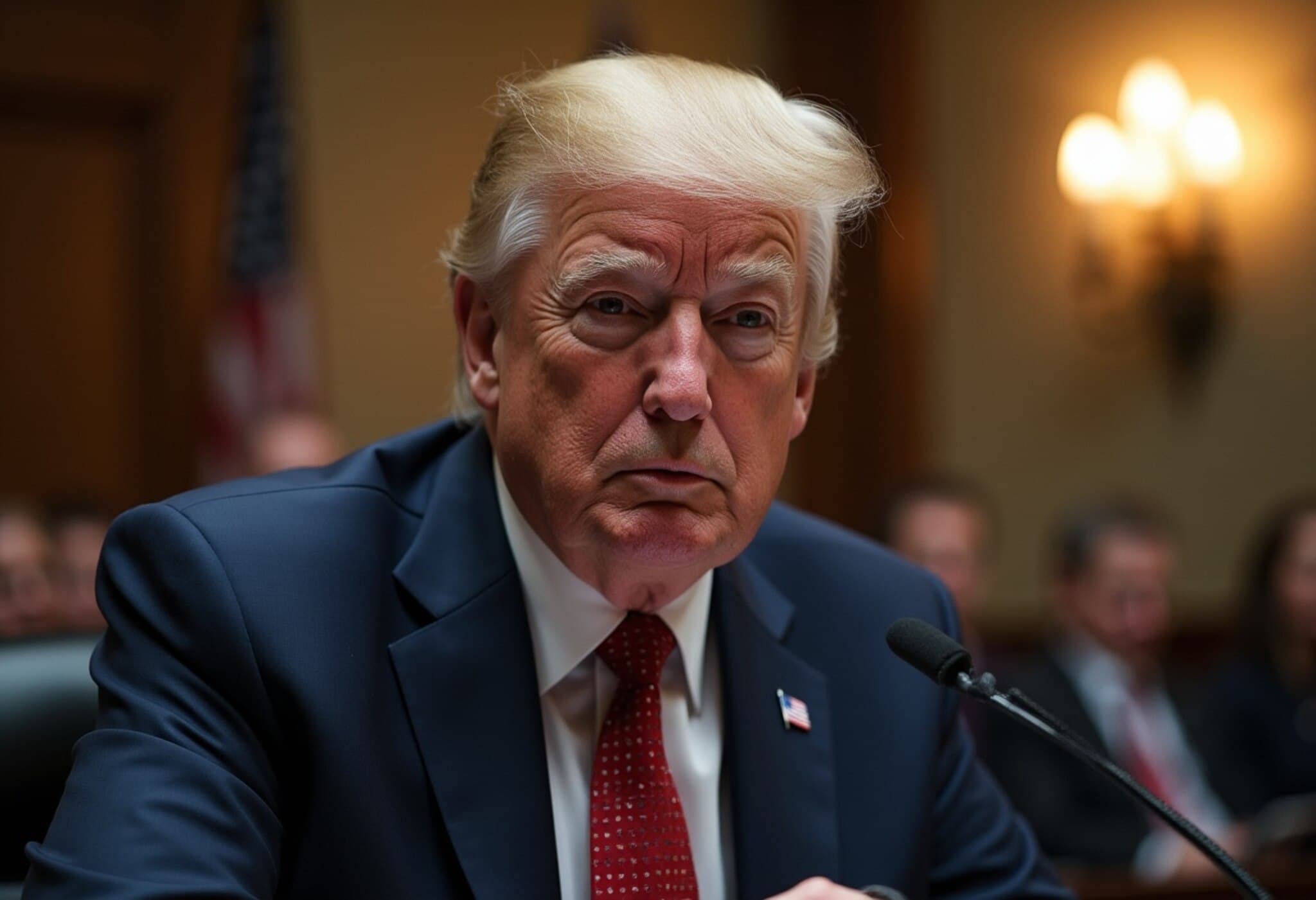US Trade Deficit Narrows Significantly in June
In June 2025, the United States saw a notable contraction in its trade deficit, shrinking by 16 percent to $60.2 billion according to data released by the Department of Commerce. This marks a significant drop from a revised $71.7 billion deficit in May and reflects a sharper pullback in imports compared to exports.
Tariffs Reshape Trade Dynamics
This shift is largely attributed to President Donald Trump's comprehensive tariff policies enacted earlier in the year. Starting in April, a sweeping 10 percent tariff was imposed across most US trading partners, accompanied by even heftier duties on steel, aluminum, and automobiles. These tariffs have increased the cost of imported goods, forcing American businesses to reassess their supply chains amid mounting uncertainty.
The baseline 10 percent tariff is scheduled to rise for multiple economies, including major US allies such as Japan and the European Union, intensifying the pressure on import volumes.
Economic Impact: Navigating Uncertainty
Oren Klachkin, financial markets economist at Nationwide, points out that while some uncertainty surrounding future trade policies has eased, the permanence of tariffs demands a structural adjustment by companies.
“Businesses hoping tariffs were just threats must now adjust to the reality they are here to stay,” Klachkin explains. “We believe the negative impact of sustained high tariff rates will outweigh any benefits from reduced policy uncertainty.”
Detailed Trade Figures: Imports Lead the Decline
- Imports dropped 3.7% to $337.5 billion, marked by significant decreases in consumer goods, industrial supplies, and automotive parts.
- Consumer goods imports fell by $8.4 billion, industrial supplies by $2.7 billion, and auto parts by $1.3 billion.
- Exports dipped slightly by 0.5% to $277.3 billion, primarily driven by a $1.3 billion decline in goods exports, including industrial supplies.
Trade Relations with China Remain Key
One of the most noteworthy developments is the reduction in the goods deficit with China, which shrank by $4.6 billion to $9.4 billion in June. This comes against the backdrop of escalating tariffs between Washington and Beijing, where punitive measures peaked at triple-digit percentages, severely disrupting global supply chains.
However, a temporary agreement reached in May eased tensions by lowering tariffs until August 12, providing a brief window for negotiations and business adjustments.
Broader Implications for US Trade Policy and Economy
The narrowing trade deficit might appear positive at first glance, but experts warn this is less a sign of economic strengthening and more a consequence of curtailed imports due to higher costs and supply bottlenecks.
American consumers and manufacturers face increased prices for goods, which could stoke inflationary pressures. Furthermore, the unpredictability of ongoing tariff escalations poses risks to long-term supply chain stability and investment.
From an American policy perspective, this situation demands a delicate balance between protecting domestic industries and maintaining healthy international trade relationships. The evolving tariff landscape challenges businesses to innovate supply strategies, while lawmakers must weigh immediate protective benefits against potential retaliatory trade barriers abroad.
Editor’s Note
The contraction in the US trade deficit in June underscores the profound impacts of tariff policies on global commerce and domestic markets. While smaller deficits may seem encouraging, it is crucial to understand the underlying causes—highlighting reduced import demand driven by increased costs and disrupted supply chains, rather than stronger export performance.
Moving forward, critical questions remain: Can the US sustain economic growth under these protectionist pressures? How will long-term trade relationships evolve amidst persistent tariff threats? Our readers are encouraged to reflect on these dynamics as policymakers and businesses navigate an increasingly complex global trade environment.



















